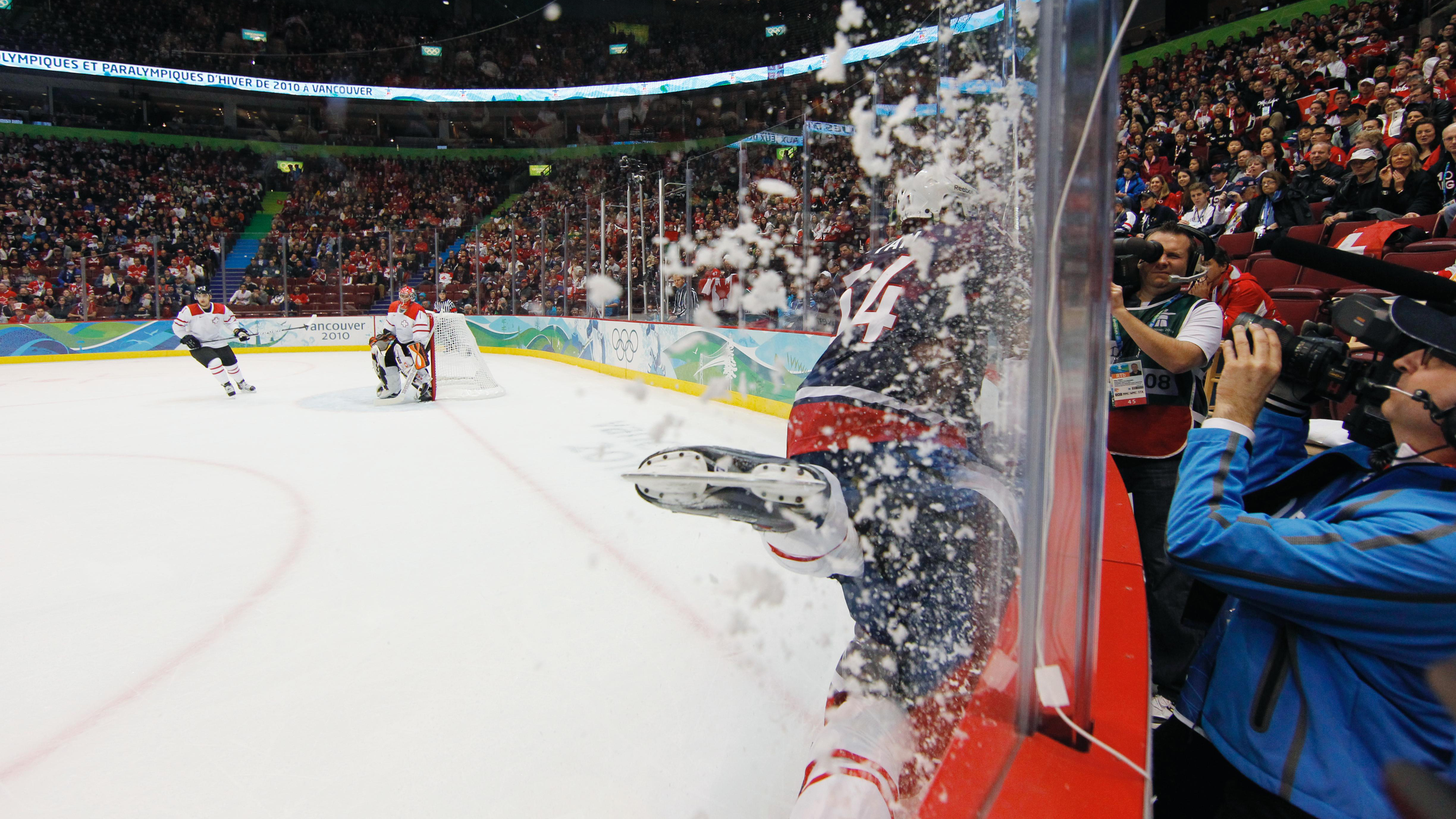Acute neck injuries
Fortunately, serious acute neck injuries are uncommon in sports, however, they do occur. They are more likely to occur in sports that involve body contact, high speeds, and high-energy impacts when landing after a jump.

Acute neck injuries can occur in contact sports like rugby, American football, ice hockey, and football, but they also occur in sports like downhill skiing, ski and snowboard cross, slopestyle, cycling (downhill, mountain biking, touring), horse riding, diving, trampolining, sky diving, and hang gliding.
Not all injuries are serious
Fortunately, not all of these injuries are serious. Rapid twisting, falling on or otherwise experiencing an impact to the head and neck will usually result in relatively minor muscle and soft tissue injuries (even though they can still cause intense pain and stiffness in the neck). This pain and stiffness can sometimes make it difficult to distinguish these minor injuries from more severe neck injuries like a fractured cervical vertebra with or without spinal cord damage.
Correct handling of the injury is essential
If the symptoms or the injury mechanisms (for example following a hard fall while skiing, snowboarding or trampolining) give rise to suspicion of a serious injury, the athlete should be carefully removed from the field to avoid worsening the injury. See the article on first aid treatment of neck injuries.
Neck pain and stiffness can also occur following a concussion, and cause symptoms similar to those resulting from a head injury. Usually, the symptoms of a concussion (e.g. headaches, tenderness, dizziness, nausea, a pressure in the head) will settle after 1-2 weeks. If these symptoms persist over 3 weeks, you should consult a doctor (preferably a sports physician) to evaluate your symptoms and, if necessary, commence treatment with a physiotherapist.
Treatment
If pain and joint stiffness are present, and if there is no suspicion of a severe acute neck injury, it is safe to move the head and neck. Gradually increasing the degree of movement and gentle soft tissue massage can reduce pain and tension in the neck muscles. If pain and stiffness last longer than a week following the injury, it is advisable to consult a doctor or physiotherapist regarding treatment, information and exercise guidance.
Serious injury?
It is important to stabilise the head and neck if a serious neck injury is suspected. Do not correct the head position of a conscious person, and avoid moving the person before an experienced professional is present. Call emergency services as soon as possible. If the person is unconscious, commence first aid. In addition, and especially if the weather is cold, it is important to prevent the person getting cold. Place blankets or clothing around the injured person.


